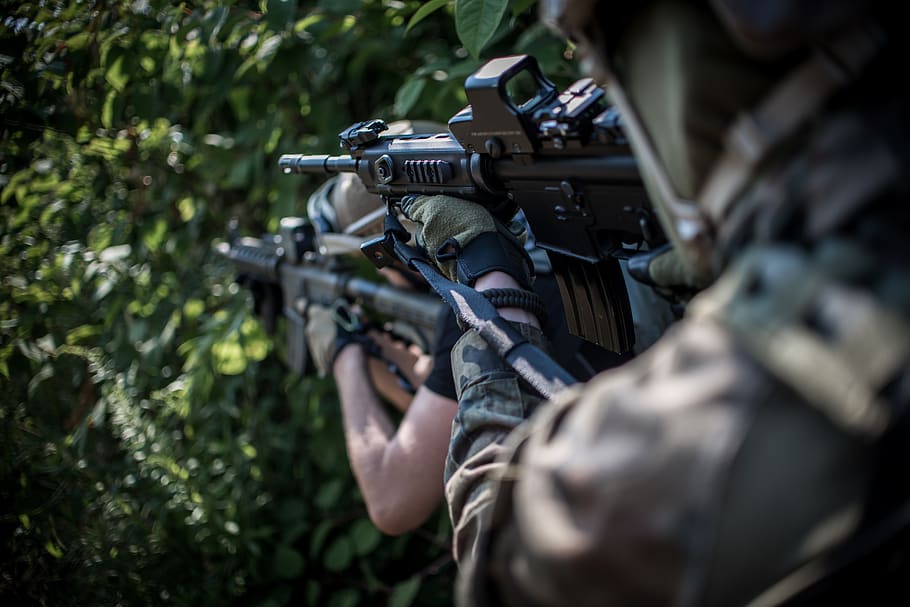This post is also available in:
 עברית (Hebrew)
עברית (Hebrew)
A new technology under development will enhance the cognitive performance and resilience of troops in the Australian Army, and is also applicable to first responders and civillian sectors. The project aims to develop a non-intrusive working model that can identify warning signs of physical and cognitive stress in individuals and groups under critical conditions such as firefighters, surgeons or soldiers. The goal is to improve methods of rapidly distributing information to assist in task allocation and enhance team performance.
The team from University New South Wales (UNSW), Art & Design Faculty has been awarded a $523,035 grant from the Human Performance Research network (HPRnet). The grant is part of the Defence Science and Technology’s $730 million Next Generation Technologies Fund, an Australia Defence Force initiative focused on research and development in emerging and future technologies.
Professor Mari Velonaki, Director of the National Facility for Human-Robot Interaction Research and the Creative Robotics Lab at UNSW, said: “The heart of our research is understanding people, understanding the changing human condition and understanding the situational context.. If we need to use technology, we want to understand how we keep a human in the loop. We are trying to improve the interaction between humans and technology while contributing to well being, safety and performance efficiency.”
The project will be conducted at a facility which is purpose-designed to host a wide variety of experiments investigating how people interact with technological devices, including robots. State-of-the-art sensors are concealed in the experiment space allowing unobtrusive measurement of human physical attributes such as location and limb position.
Internal states such as affect and intent can then be inferred from the physical measurements. The streams of time-stamped data can then selectively be logged to computer disk and/or used in real-time to control technological devices in the experiment space, according to unsw.edu.au.
While Professor Velonaki and her team have previously collaborated with the United States Department of Defense, the project marks the first time the National Facility for Human-Robot Interaction Research or the Creative Robotics Lab at UNSW have worked with the Australian Army and HPRnet.
Meanwhile, data gathered by researchers from the U.S. Army Combat Capabilities Development Command Soldier Center at the Best Warrior Competition may provide invaluable insights into Soldier performance and help advance a groundbreaking human performance program.
The MASTR-E program (Measuring and Advancing Soldier Tactical Readiness and Effectiveness) which is being led by the CCDC Soldier Center, measures, predicts and enhances close combat performance with sensors, data-driven decision aids and targeted interventions to maximize Soldier lethality, according to forthoodsentinel.com.


























